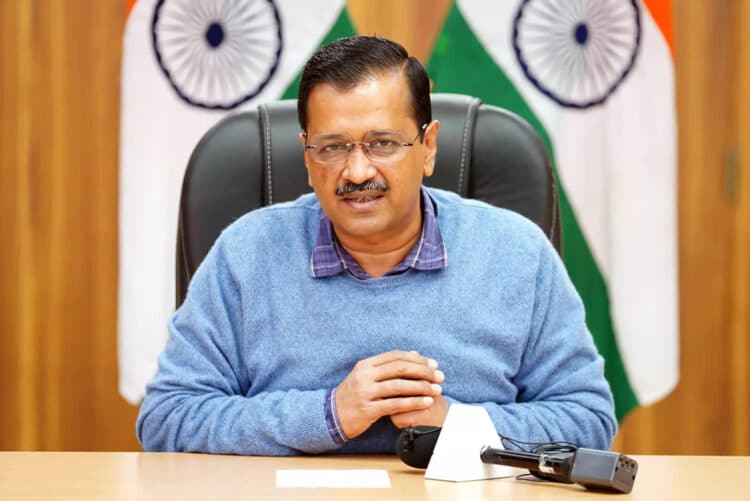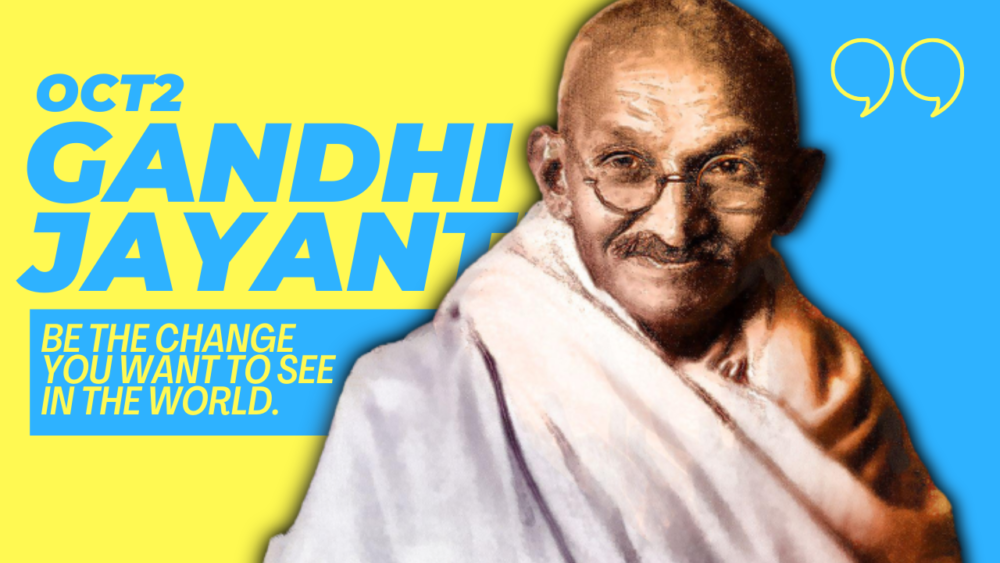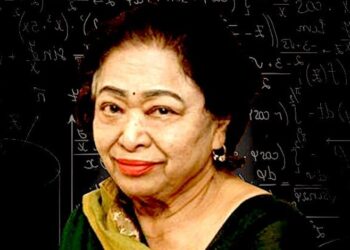From being an RTI activist to being a part of the Worldwide Anti-Corruption Movement:
Anna Hazare started the Anti-Corruption Movement in 2011. This movement proved to be one of those that made it into the history of India as the movement was a collection of peaceful demonstrations and marches. The protest gained momentum when Anna Hazare initiated a hunger strike at Jantar Mantar in the national capital. The aim of the protest was to introduce the Jan Lokpal Bill to alleviate corruption in the governance of India. Corruption is the termite that has been eating the judiciary and legal infrastructure for ages.
Anna Hazare wanted the government of India to pass an Anti-corruption bill that would help the citizens of India access government services without paying a large amount of money to the government officials to get their work done. Government leaders and bureaucrats benefit the most and are the most corrupt. Another aim of the bill was to run the government and other functionaries in a corruption-free manner and to punish those who were found to be guilty of any act of corruption.
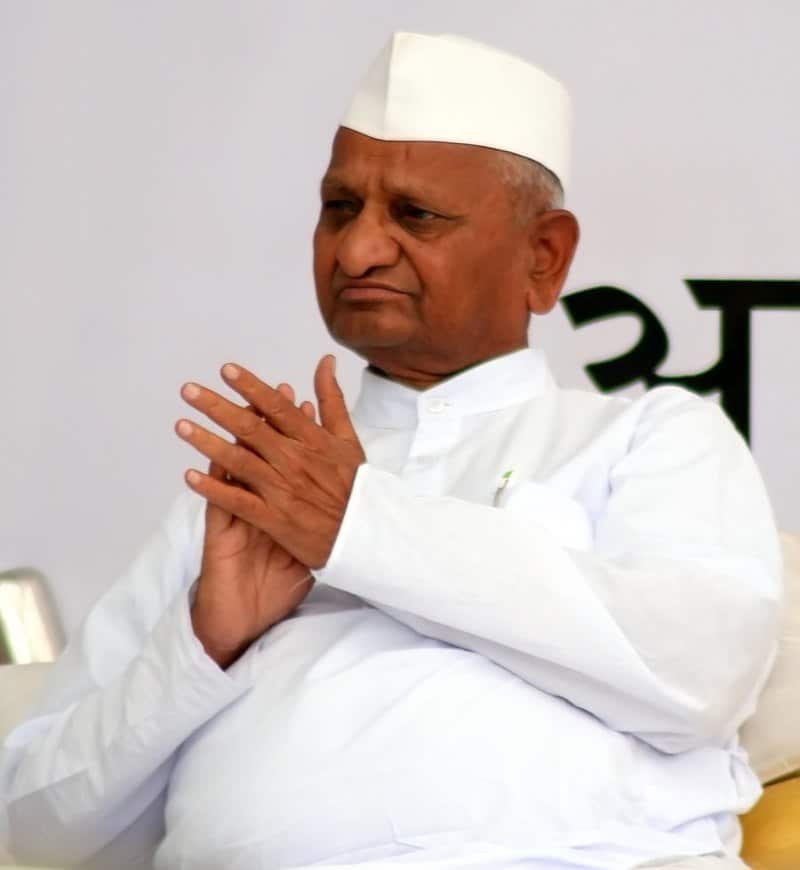
Anna Hazare wanted to establish a committee that included members of the government and civil society to establish strong anti-corruption legislation. Manmohan Singh, then Prime Minister of India, rejected this demand and after Anna Hazare decided to initiate his sit-in protest on April 5th at Jantar Mantar until his demands were met, many political parties and named figures showed their support for Anna Hazare and the protest he was leading.
This movement was one of the civil disobedience movements against the establishment, composed of peaceful marches, rallies, hunger strikes, and acts of resistance. The majority of the protesters in the anti-corruption movement were non-partisan and were not biased towards any political party. They eagerly wanted the government to introduce the bill as the laymen had to go through a lot to access the services provided to them and get their work done.
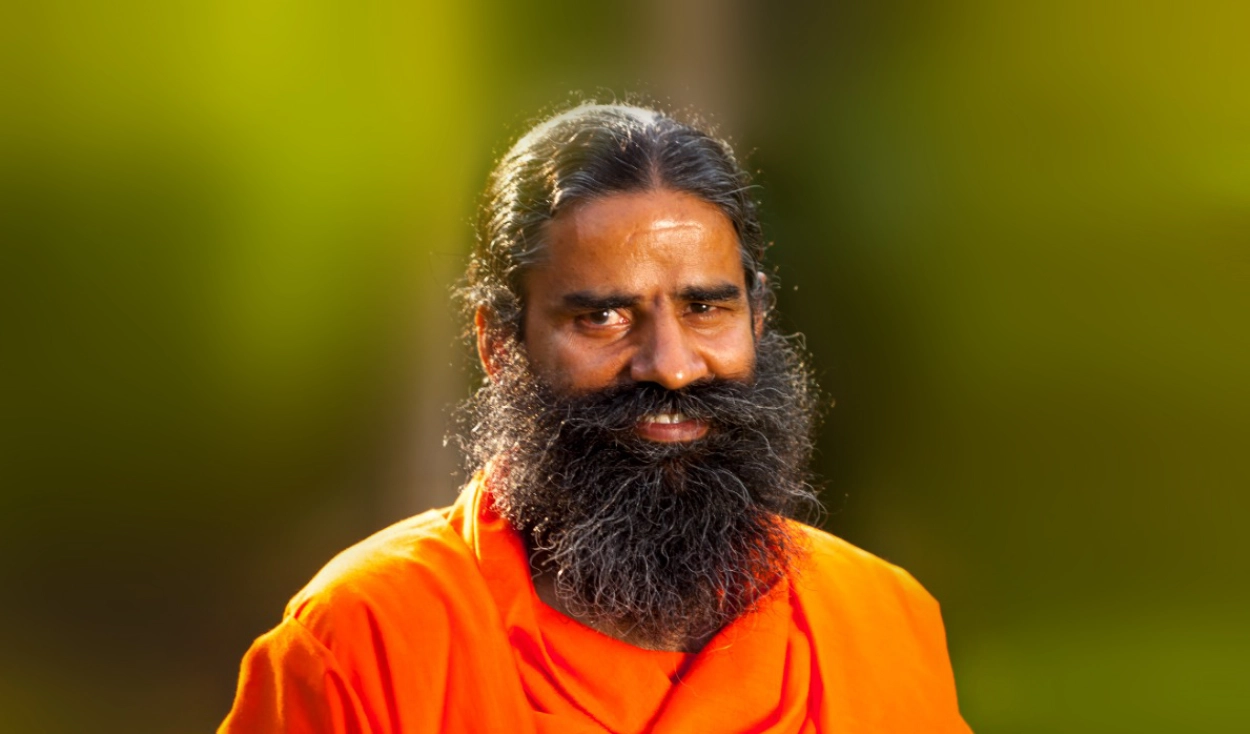
Baba Ramdev, Prashant Bhushan, Arvind Kejriwal, Jayakumar Ezhuthupally, and many others were the active participants and organizers of the protest, and their demands were to introduce the bill and expel black money from foreign banks. Many of them gained a huge amount of limelight through this anti-corruption movement. Arvind Kejriwal is one of those names.
A Journey from IIT to the CM’s Chair
Arvind Kejriwal used to be called Anna Hazare’s left hand and is the Chief Minister of the National capital on today’s date. He has a Civil Engineering graduate degree from IIT Kharagpur. Kejriwal joined the Indian Revenue Services and was in the position of Joint Commissioner when he decided to be a full-time activist. He has a Ramon Magsaysay Award in his name for his role as an RTI activist. He joined Anna Hazare in 2011 and actively participated in the protest against the enactment of the Janlokpal Bill. Furthermore, he dissociated himself from Anna Hazare and decided to be a part of national politics as he felt that to understand and bring positive changes in India, he had to jump into the mud on his own. The civil disobedience movement against corruption gave rise to the Political Party started by Arvind Kejriwal. He named his party the “Aam Aadmi Party,” or the “common man’s party.”

Establishment of Aam Aadmi Party:
He announced the formation of the Aam Aadmi Party on the birth anniversary of Mahatma Gandhi on October 2nd, 2012 and launched the party on November 26th, 2012, the day the constitution was adopted in 1949.
His party contested Delhi Legislative Assembly elections in 2013 for the first time and defeated Sheila Dixit, who had been the Chief Minister of Delhi for three consecutive terms. He was sworn in as the Chief Minister of Delhi on December 28th, 2013 and resigned from the position of CM after 49 days. He contested against the BJP in parliamentary elections in 2014 and lost badly. Furthermore, he returned to Delhi after that and apologized for leaving the people who voted for him in power.
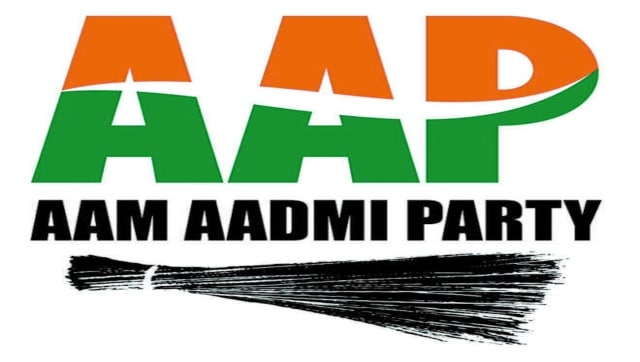
He and his party led a very massive and successful campaign for the 2014 elections and succeeded in winning 67 out of 70 seats in Delhi.
The party has always been in conflict with the central government and even has clashes within the party. Many of the leaders left the Aam Aadmi Party and joined the opposition over the course of time, but it didn’t make a difference in the popularization of the party.
In the last couple of years, Kejriwal’s Aam Aadmi Party has been in the conversation of the citizens of India and has been standing neck to neck with the parties that have been in the political picture of India for ages. Kejriwal’s ambition to make it big in the political picture and the party’s initiatives to raise the standards of schools, hospitals and subsidized electricity have been gaining the votes of the middle-working class of Delhi.

Arvind Kejriwal’s journey from being an activist to having a party and then being the CM of the national capital has been similar to some Bollywood plots. Now it would be interesting to see if the Aam Aadmi Party comes into power in states like Punjab and others in the upcoming elections.
Also Checkout: Kathak doyen, Pandit Birju Maharaj passes away at the age of 83


